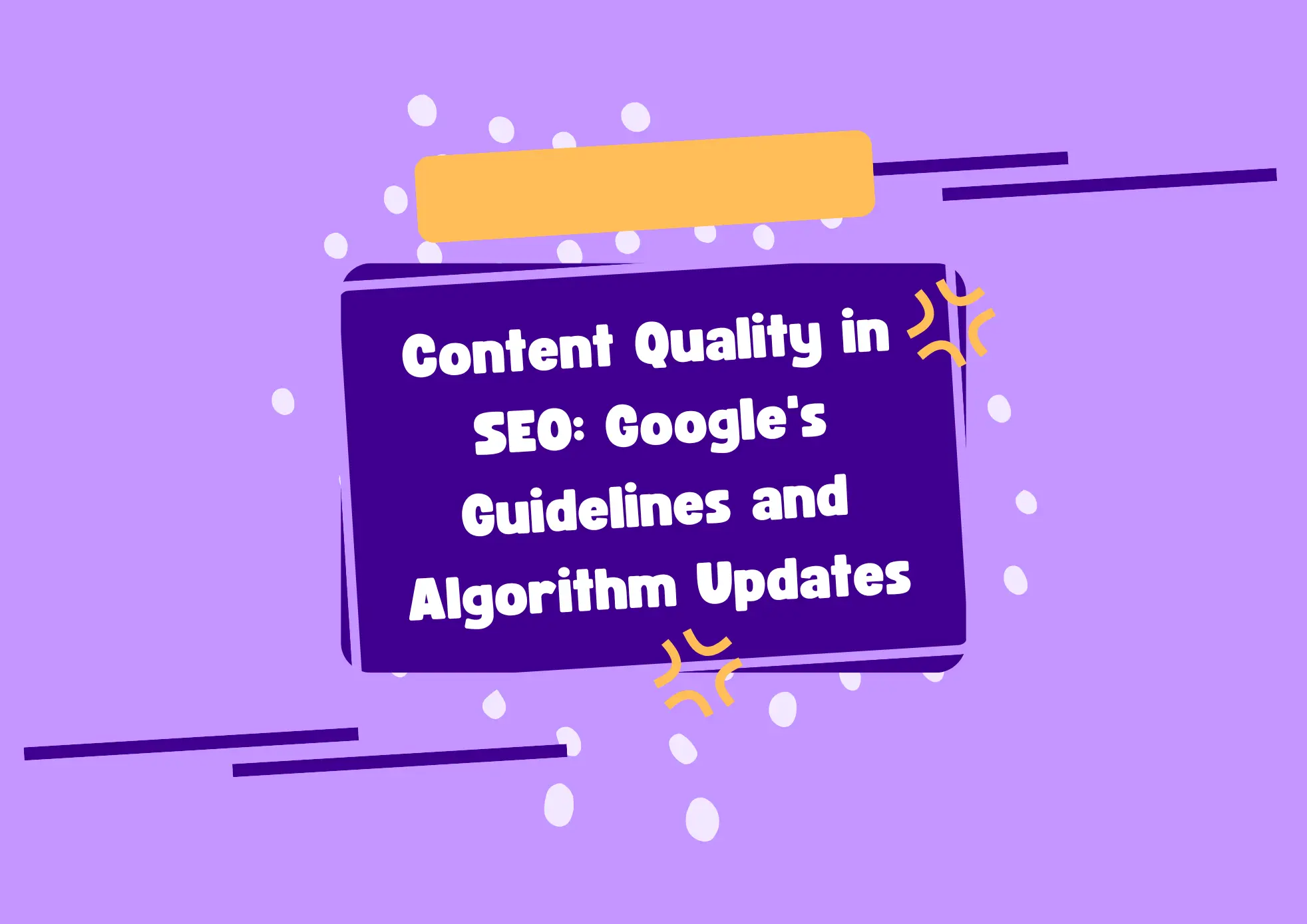Creating high-quality content is essential for achieving visibility and success in Google Search. Google’s evolving algorithms prioritize content that is helpful, reliable, and created with the user in mind. This guide explores Google’s perspective on content quality, highlighting key updates and best practices to ensure your content aligns with Google’s standards.
What Is Content Quality?
Content quality refers to the value, relevance, and trustworthiness of information presented on a webpage. High-quality content effectively addresses the needs of users, providing accurate, comprehensive, and engaging information. Google assesses content quality based on several factors, including originality, depth, clarity, and the overall user experience.
Google’s Perspective on Content Quality
Google emphasizes the importance of creating content that is helpful and people-first. According to Google’s Search Essentials, content should be:
- Original and Informative: Providing unique insights or information not readily available elsewhere.
- Expertly Written: Demonstrating expertise, authoritativeness, and trustworthiness (E-A-T).
- User-Centric: Focusing on the needs and interests of the target audience.
- Well-Structured: Organized logically with clear headings and subheadings.
Google advises against creating content solely for search engine rankings. Instead, the focus should be on delivering value to users.
Google’s Algorithm Updates Emphasizing Content Quality
Over the years, Google has rolled out several algorithm updates aimed at enhancing content quality in search results:
- Panda Update (2011): Targeted low-quality content, emphasizing the need for original and valuable information.
- Helpful Content Update (August 2022): Introduced a system to reward content that provides a satisfying experience to users.
- Core Updates (Ongoing): Regular updates that refine Google’s search algorithms to surface high-quality content.
- March 2024 Core Update: Focused on reducing the visibility of content created primarily for search engine rankings, promoting content that is genuinely helpful.
These updates underscore Google’s commitment to prioritizing content that serves the user’s intent and provides real value.
Best Practices for Ensuring High Content Quality
To align your content with Google’s standards, consider the following best practices:
- Understand Your Audience: Research and comprehend the needs, preferences, and search intent of your target audience.
- Provide Comprehensive Information: Cover topics thoroughly, addressing common questions and providing in-depth insights.
- Ensure Accuracy and Trustworthiness: Fact-check information and cite credible sources to establish authority.
- Optimize for Readability: Use clear language, short paragraphs, bullet points, and headings to enhance readability.
- Enhance User Experience: Ensure fast loading times, mobile responsiveness, and intuitive navigation.
- Regularly Update Content: Keep information current to maintain relevance and accuracy.
- Avoid Keyword Stuffing: Use keywords naturally and focus on creating content that reads well for humans.
Content quality is a pivotal factor in SEO success. By adhering to Google’s guidelines and focusing on creating valuable, user-centric content, you can improve your website’s visibility and credibility in search results. Stay informed about algorithm updates and continuously refine your content strategy to meet evolving standards.



